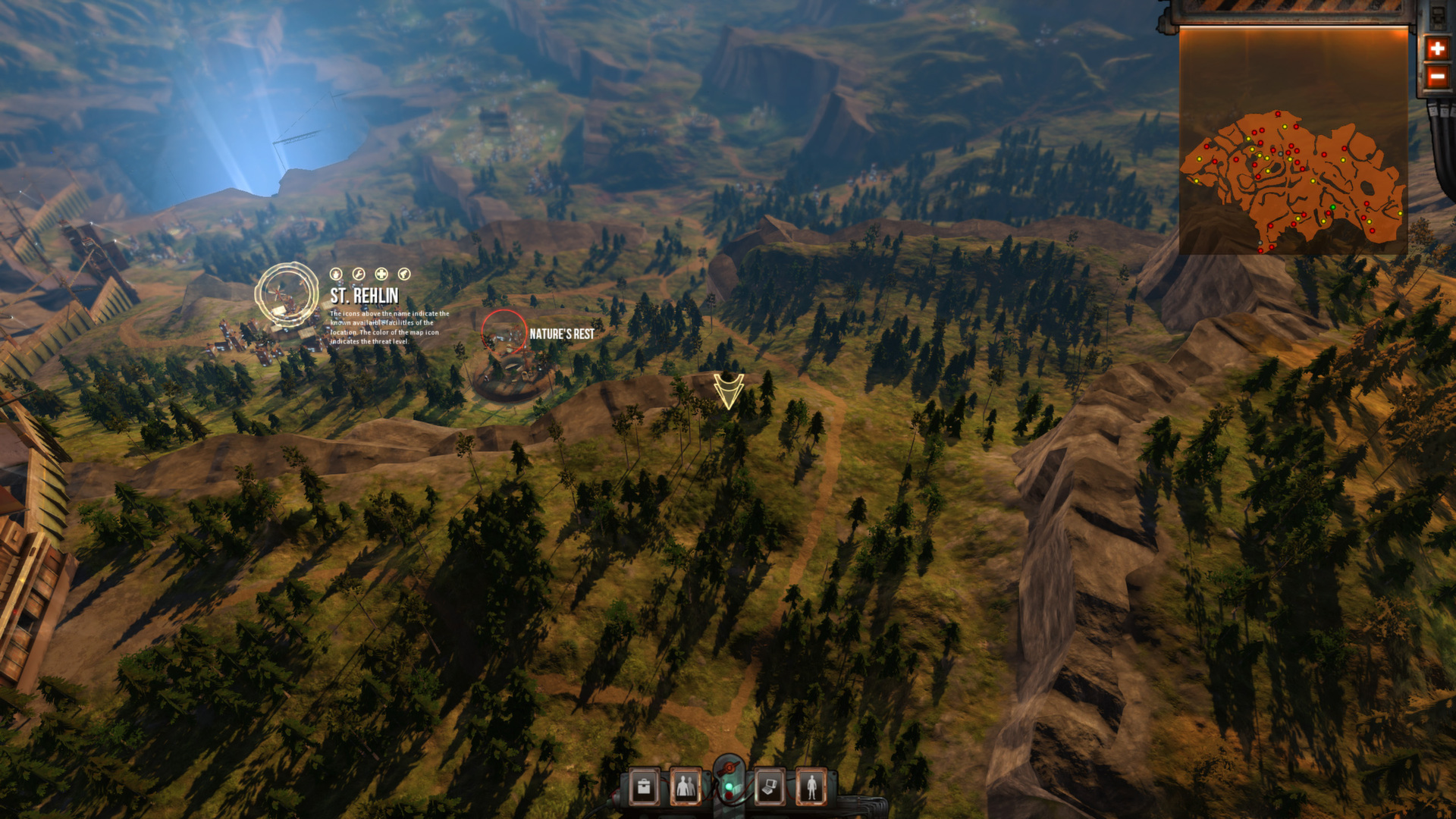
Middle tier: Darius and his court ĭarius I is shown seated, wearing a long, ornate, sleeved robe and a high Persian hat. The three tiers on the body of the vase: Greeks gods, War Council of Darius, and tax collection.Ībove Darius stands a line of Greek Gods: Artemis riding a stag, Apollo seated holding a swan, Aphrodite together with Eros, Zeus holding a winged thunderbolt, Hellas standing, Athena holding a shield, Apate holding two torches, Asia seated on an altar, next to a pillar holding a head (possibly of xoanon).

His drawing style is reputed to be especially good, particularly as regards faces, which he often depicts in a three-quarter profile.Ĭontent of the vase Neck of the vase: Combat scenes The Darius Painter is considered the first painter to have fully exploited the possibilities of large-format vase painting. Some individual zones are structured by opulent ornamental friezes. All available space on the vase is used for figural depictions, arranged in two or three registers. To some extent these inscriptions can be seen as "titles". The vase contains several inscriptions, such as naming individual figures, but there are also thematical names (such as persai – Persians). It is 1.3 meters in height and 1.93 meters in circumference. This work, a volute krater is of large dimensions. The "Darius Vase" was discovered in 1851 near Canosa di Puglia and is now on display at the Museo Archaeologico Nazionale, Naples (H3253).

It is an important part of Apulian vase painting. The vase was produced between 340 and 320 BCE, probably in a large factory-like workshop in the Greek city of Taranto (ancient Taras), Magna Graecia, well before the fall of Taranto to the Romans in 272 BCE. The Darius Vase is a famous vase painted by an anonymous Magna Graecia Apulian vase painter, commonly called the Darius Painter, the most eminent representative at the end of the "Ornate Style" in South Italian red-figure vase painting. The Darius vase in the Archaeological Museum of Naples (340-320 BCE).


 0 kommentar(er)
0 kommentar(er)
